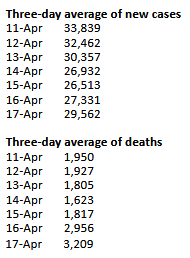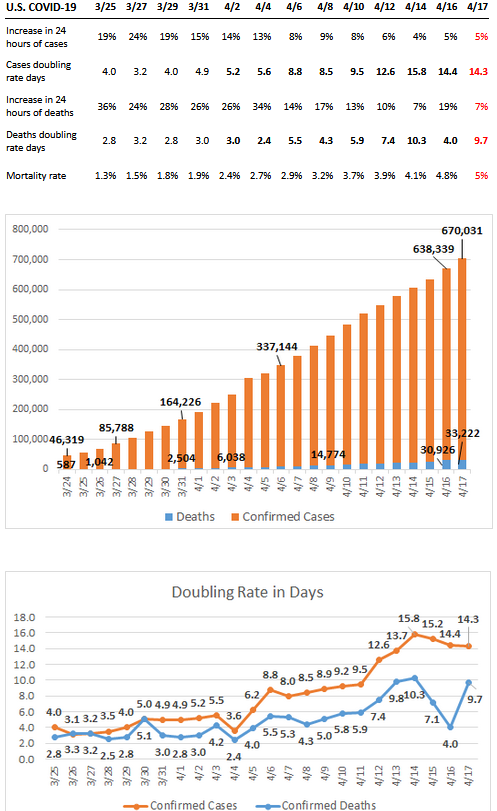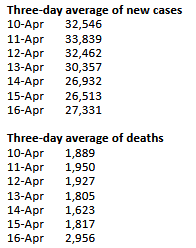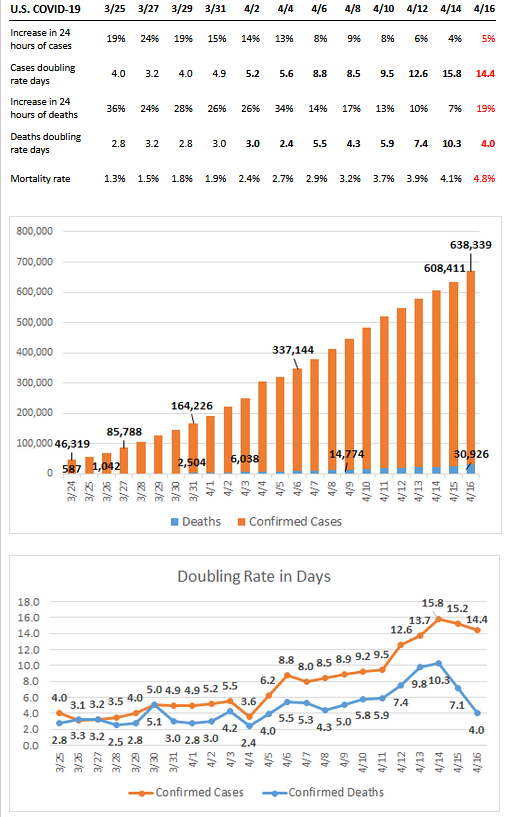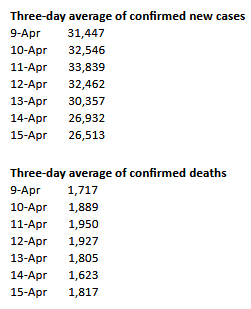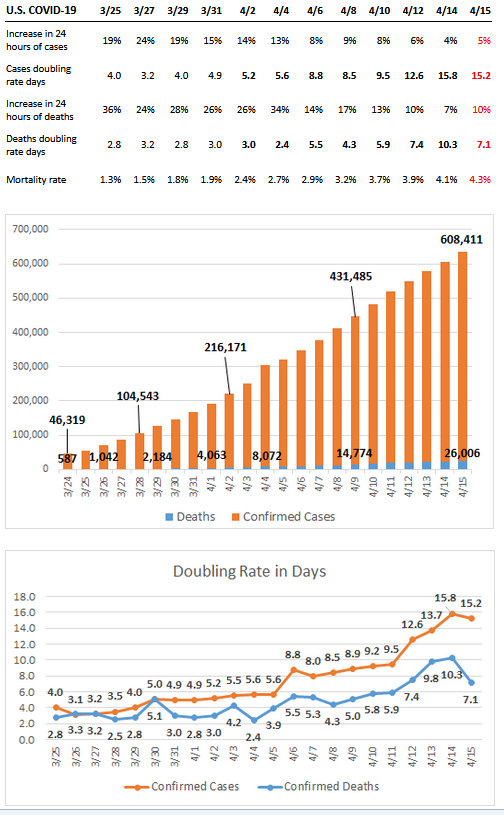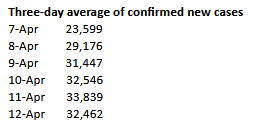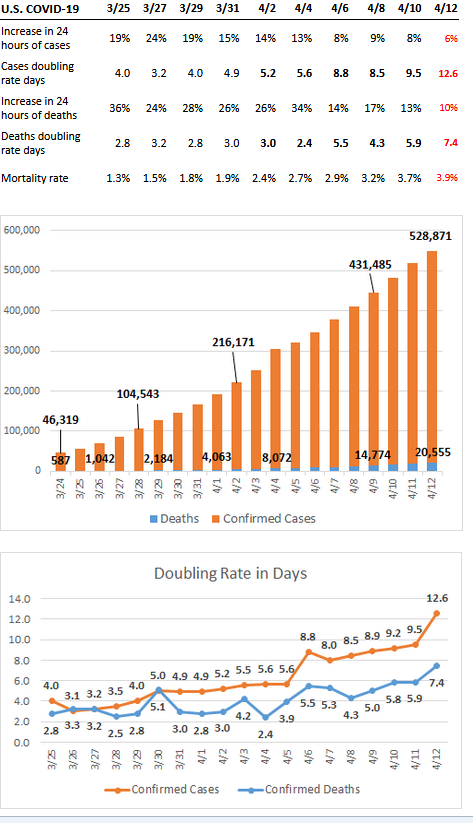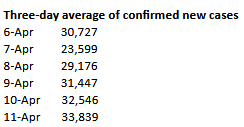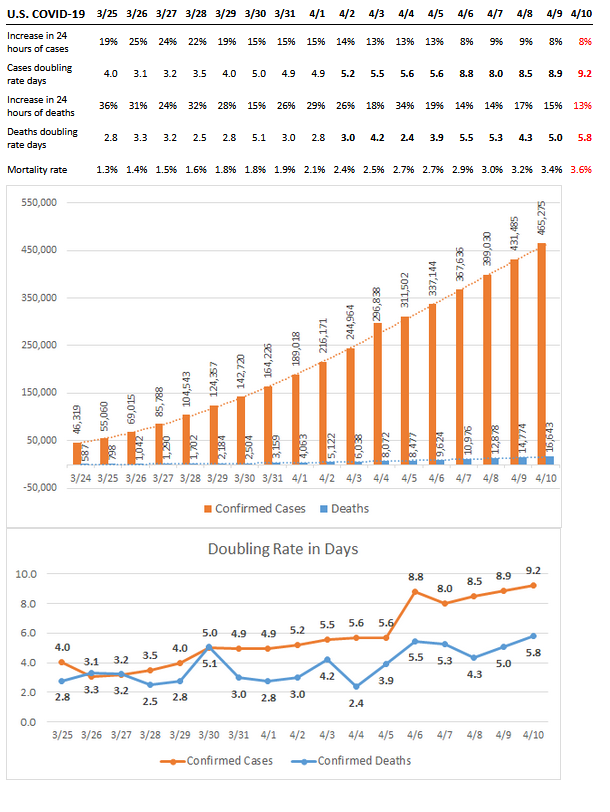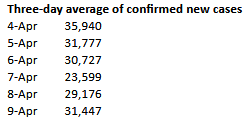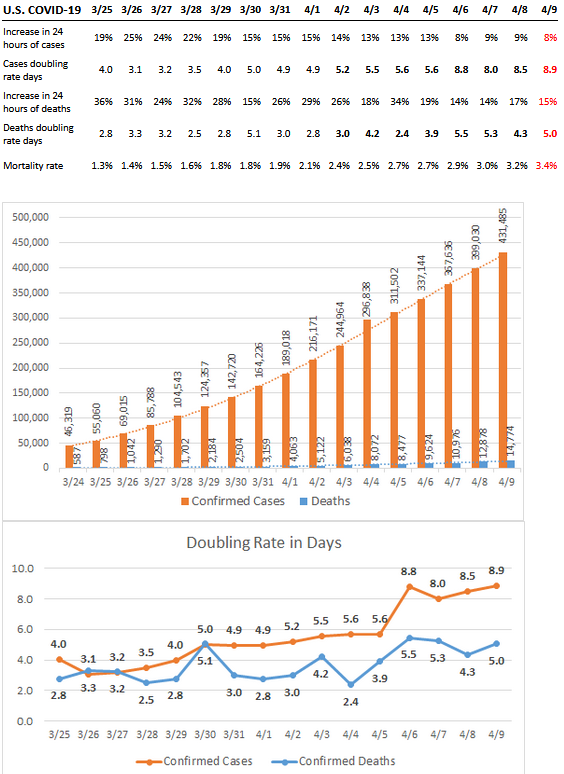
The Course of Empire by Thomas Cole
Covid is one of those disasters which tests whomever it happens to. Countries like Vietnam and Taiwan and even Germany stayed on top of it, or got ahead of it, and are doing fine. Those who mishandled it are taking some hard hits.
This isn’t primarily about deaths, though those are awful, it is about the mishandling of the economy. In Canada, there’s a benefit of $2,000 dollars per month for which most people who lost their jobs qualify. Other countries have done even better: freezing mortgage payments, rent, and so on, and organizing food delivery.
In the US, we have predictions of a 30 percent unemployment rate. I just saw that less than half of Los Angeles county still has a job.
The bailout for regular people is $1,200. In a place like Los Angeles, that won’t even cover most people’s rent.
There’s been a vast bailout, mainly–though not exclusively–through the Fed, for the rich. Basically, as much free money at the trough as they can gorge on.
But small businesses are toast. A third of households, at least, are on the verge of not just homelessness but not being able to eat.
Meanwhile we have a lovely display of typical US business incompetence. The US’s logistics system is a wonder of the world, but it was created in the 80s and 90s by people who are retired or dead now. Meat packing plants are shutting down because of multiple cases, truckers and warehouse workers are getting sick and scared. Farmers complain of problems getting workers. The price of beef for farmers has crashed through the floor, but they can’t get the animals to consumers.
Meanwhile, multiple states have not instituted isolation, and there are “protests,” backed by Republicans, to reopen states that have.
Not isolating nationally means there are pockets of plague which are still expanding exponentially, and which can reinfect the areas which did isolate. Coming out of isolation too soon will mean that cases will explode again a month to a month and a half after self-isolation ends.
The job issues mean trouble. People who can’t afford food become violent. Food riots bring down nations.
Assuming these storms are weathered, or that Americans are so beaten down they won’t riot even when starving, when the economy does re-open, many of the jobs will be gone. People who did not earn during the time down will still have to pay back-rent. At best, their spending is crippled, at worst they get evicted.
Many landlords will lose their property in any case, many small businesses will go bankrupt and never re-appear. The likely scenario, longer term “after” the Coronavirus is another ten-year depression, except this one is likely to be a deflationary depression: No one but the rich has money, and no one is spending.
But imagine the fairly standard scenario of multiple waves of coronavirus with multiple waves of self-isolation. No national policy, so some states stay open as others are closed. People in warehouses keep getting hit, logistics people get hit, migrant workers get hit or can’t even get into the country.
The system, already drawn tight to extract maximum profit and efficiency, starts breaking. Prices surge, there are actual shortages in many places.
This is some months out, I’d guess, although this is the sort of scenario that goes from “eh, it’s OK” to BOOM very, very fast when it does go.
The US is fragile. The choice to not freeze mortgages, rent, interest payments and so on, and to not bail out ordinary people as I instructed is going to explain to the rich that it is everyone else who makes the actual economy run.
There is a real economy, Virginia, and if it freezes up, there will be hell to pay. Logistics workers need PPE and they need them now. Freezes of rent, mortgages, interest payments, and so on, need to be done now. If a complete idiot wasn’t running the country, taking national control of when states close and reopen should happen now. I would suggest that if Americans don’t want their country in a new great depression, that they find a way to depose Trump now, and if Pence won’t be competent, ditch him too.
There is a chance that the US will fumble through, as governors and mayors who aren’t complete incompetents (and the rare, actual competent governor, which doesn’t include New York’s Cuomo), plus the rare competent CEOs, manage to hold thing together–barely.
But right now, this is looking like an epic clusterfuck.
Remember, however, when the riots come, if they do, if you won’t just die quietly for the peace of your masters, to go to where they live, or where the Fed employees live, and riot there. Explain to them about what people do to fat, happy, rich people when they can’t eat.
The results of the work I do, like this article, are free, but food isn’t, so if you value my work, please DONATE or SUBSCRIBE.

